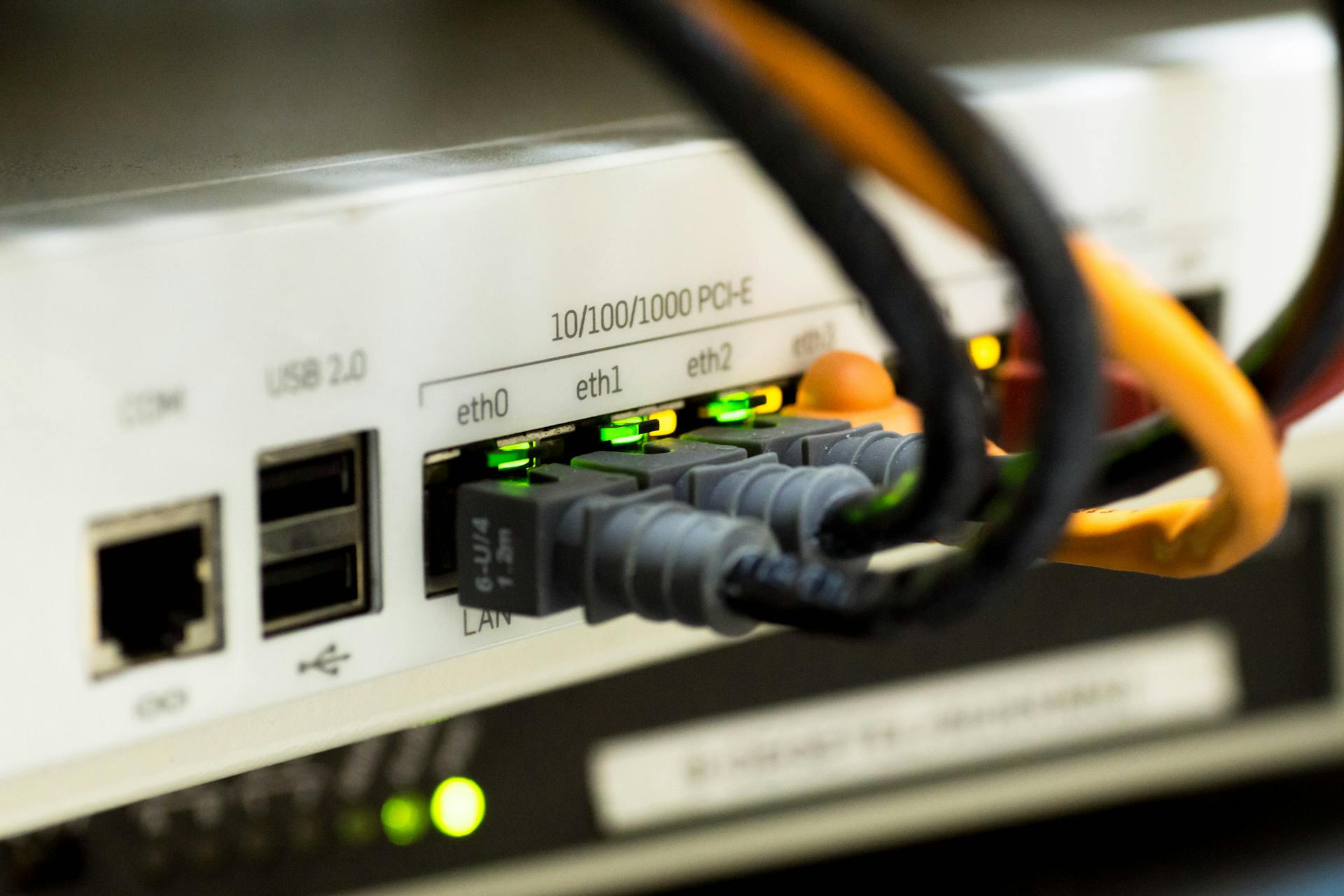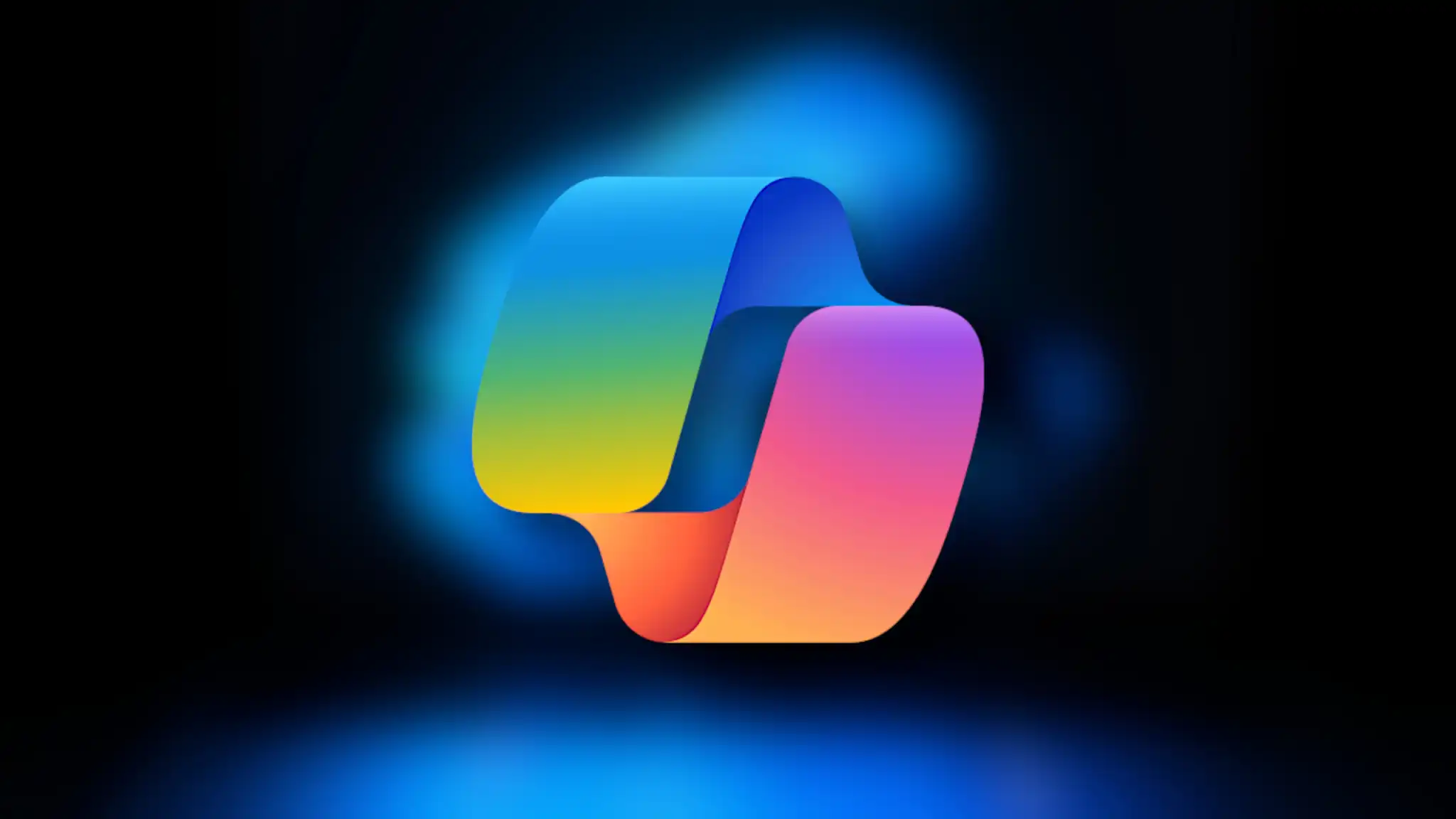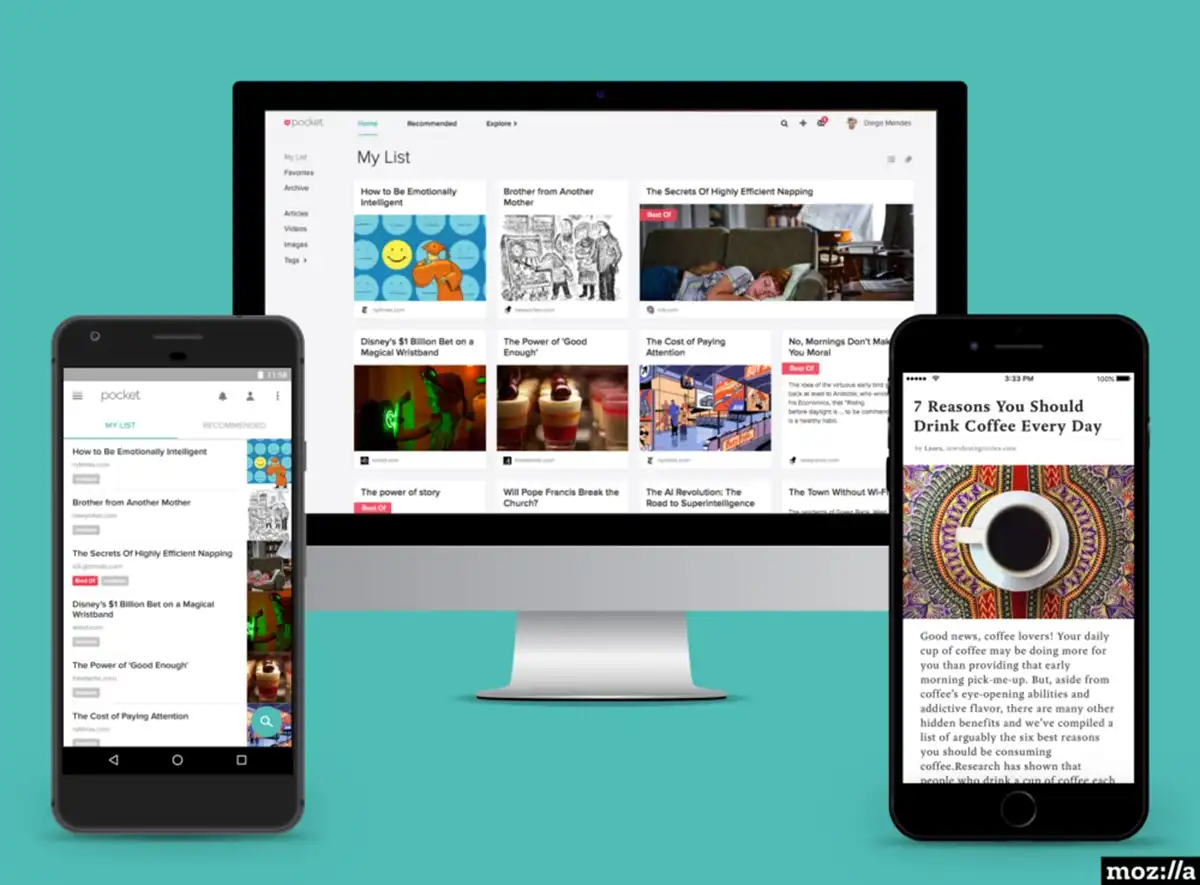
The landscape of internet connectivity is diverse, offering a multitude of options for users seeking fast service. However, the term “broadband” serves as a blanket description encompassing various high-speed connections. Yet, what precisely constitutes “fast” remains a matter of debate, particularly in the United States, according to the Federal Communications Commission (FCC).
In a significant ruling that took effect recently, the federal government redefined broadband, elevating the minimum threshold to 100 megabits per second (Mbps) for downloads and 20 Mbps for uploads. This adjustment represents a substantial increase—a 400 percent surge for downloads and a 600 percent surge for uploads—compared to the previous benchmarks of 25 Mbps down and 3 Mbps up, which were used to advertise wired broadband services.
To put this into perspective, consider the lowest-tier “broadband” package offered by a local ISP, such as Blue Ridge. While this package meets the new standard for downloads at 300 Mbps, it falls short in uploads, capped at 7 Mbps. To qualify as genuine broadband, users in such service areas must upgrade to the highest advertised package, boasting speeds of 2 gigabits per second (Gbps) for downloads and 40 Mbps for uploads, often priced at nearly $100 per month under promotional offers.
The FCC’s last revision of the broadband standard occurred in 2015, with plans for the next enhancement set at 1 Gbps for downloads and 500 Mbps for uploads, slated for a future update. However, despite these advancements, the FCC’s brief announcement highlights a stark reality: approximately 24 million Americans, representing 7% of the population, lack access to fixed internet at the newly defined speed. This disparity is even more pronounced in rural areas and Native American tribal lands, affecting 24% and 28% of individuals, respectively.
While mobile networks have played a crucial role in bridging this digital divide, with companies like T-Mobile and Verizon offering 5G service as a viable alternative to wired internet, challenges persist. Notably, mobile broadband remains unavailable for 9% of the country, failing to meet the basic standard of 35 Mbps down and 3 Mbps up.




